Instructional Series
This site will be closing soon as its content has moved to Tāhūrangi.
2024 titles are available on Tāhūrangi. Use the filters to find specific series.
Find Literacy resources at Tāhūrangi - Literacy.
Welcome to the English medium literacy instructional series teaching and learning resources for years 1 to 8.
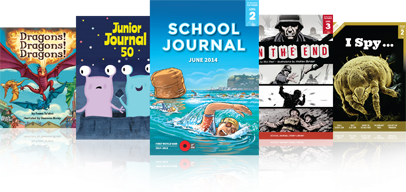
- Gold
- Purple
- Blue
- Red
- Green
- Yellow
- Orange
- Turquoise
- Magenta
- 2
- 3
- 4
- 1
- 4
- 6
- 5
- 3
- 8
- 7
- 2
- 1
- English
- Social Sciences
- Science
- Health and Physical Education
- Technology
- The Arts
- Mathematics and Statistics
- Learning Languages
- Fiction
- Non-fiction
- None
- Nature of science
- Living world
- Nature of technology
- Statistics
- Geometry and Measurement
- Planet Earth and beyond
- Technological knowledge
- Physical world
- Material world
- Number and Algebra
- Technological practice
- Gather and interpret data
- Use evidence
- Critique evidence
- Engage with science
- Interpret representations
- Articles
- Stories
- Poems
- Plays
- Activity
- Comic
- Kākano | Seed
- Tupu | Seedling
- Māhuri | Sapling
- Rākau | Tree
- Consonant digraphs
- Consonant patterns
- Initial and final blends
- Long vowels
- Short vowels
- Single consonants
- Complex morphemes
- Tense
- Vowel digraphs
- Contractions
- Syllable types
Search results
1187 items - Showing 621 - 630
-
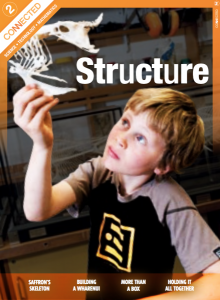
More than a Box
by Dave Armstrong
“More than a Box” describes the processes and practices used when planning, designing, and building a large indoor sports centre. It outlines the science and technology behind the building process, including the steps taken to ensure that the structure remains erect, stable, and safe.
-
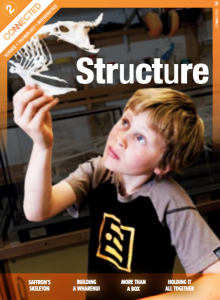
Saffron's Skeleton
by Marita Vandenburg
In “Saffron’s Skeleton”, osteologist George demonstrates to ten-year-old Bruno the processes he uses to clean and preserve the bones of Saffron, a recently deceased chicken. The whole experience, including George’s enthusiastic and knowledgeable approach to his work, provides Bruno with a sense of wonder and curiosity and a greater understanding of skeletons and evolutional relationships.
-
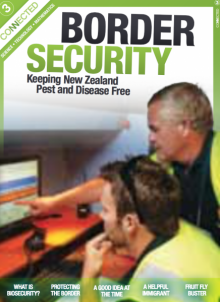
A Helpful Immigrant
by Mike Tapp
This article investigates the use of bio-control agents – insects or other organisms that are imported to manage plant pests. The article explains why they can be safer than chemical-control agents. It then investigates the research and trials that have to take place before a bio-control agent is allowed into the country and the constant monitoring that is required to make sure that these new immigrants are doing the work they have been imported to do.
-
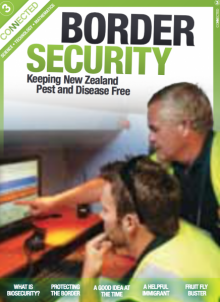
It Seemed Like a Good Idea at the Time
by Bronwen Wall
This article describes an environmental decision that had terrible consequences. In the late 1800s, ferrets, stoats, and weasels were introduced into New Zealand to get rid of rabbits. However, these mustelids caused unforeseen destruction. They didn’t eat only rabbits – they discovered that New Zealand’s native animals and birds were very easy prey.
-
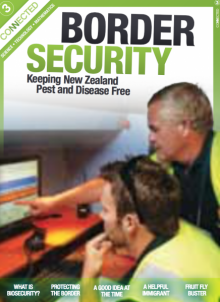
Protecting the Border
by Paul Neveldsen
This article describes the systems and technologies that have been developed to prevent unwanted pests, diseases, and goods coming into New Zealand and to prevent precious taonga such as native species being smuggled out of the country.
-
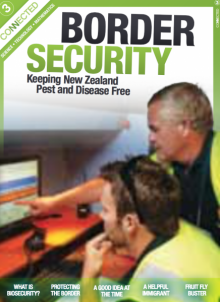
What is Biosecurity
by Andrew and Anna Dickson
This article introduces the concept of biosecurity and explains how, as a group of isolated islands, New Zealand developed a unique range of ecosystems. The arrival of plants or animals from other countries could be disastrous for our environment. Therefore, our borders are constantly monitored by biosecurity agencies to protect our environment, agriculture, and our health.
-
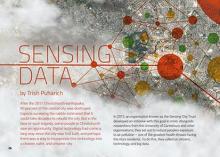
Sensing Data
by Trish Puharich
Air pollution is a problem in many cities, including Christchurch. After the 2011 earthquake, a team of researchers used technology and big data to help make Christchurch a healthier, smarter city to live in.
-
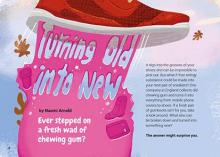
Turning Old into New
by Naomi Arnold
Shoes made from chewing gum? Jackets made from drink bottles? Go beyond the recycling bins and find out how everyday objects and materials can be broken down and made into something new.


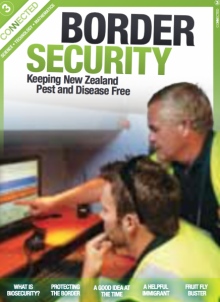
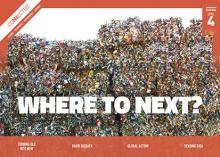

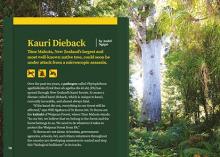
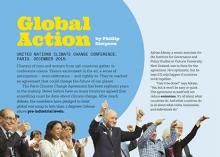
 Literacy Online home
Literacy Online home
